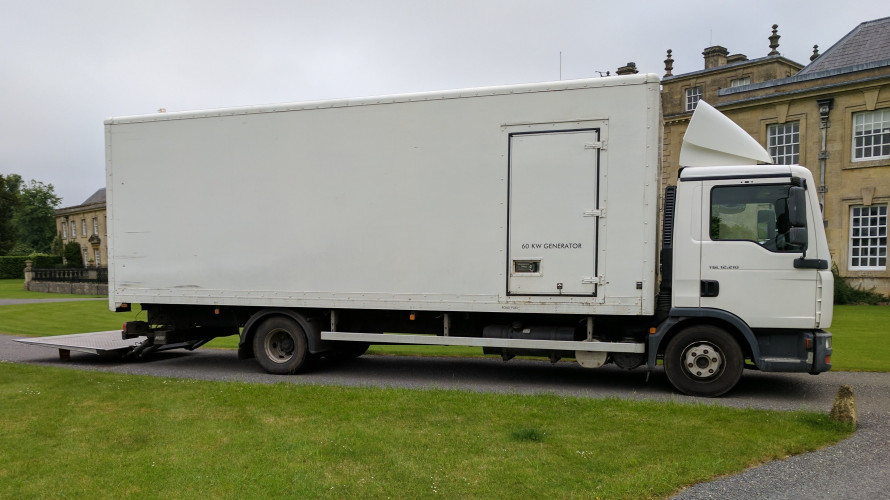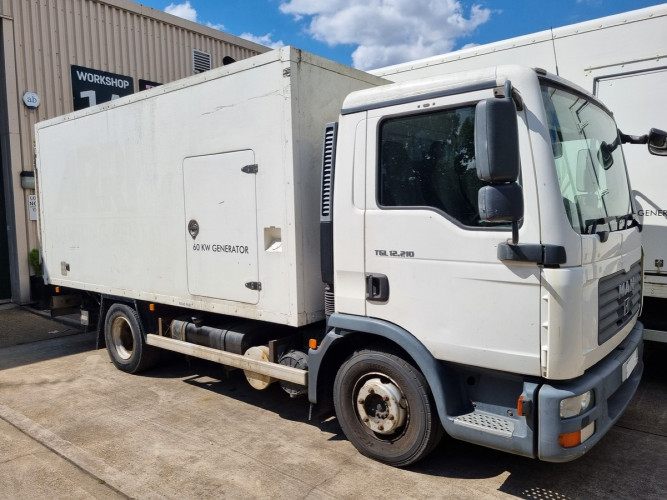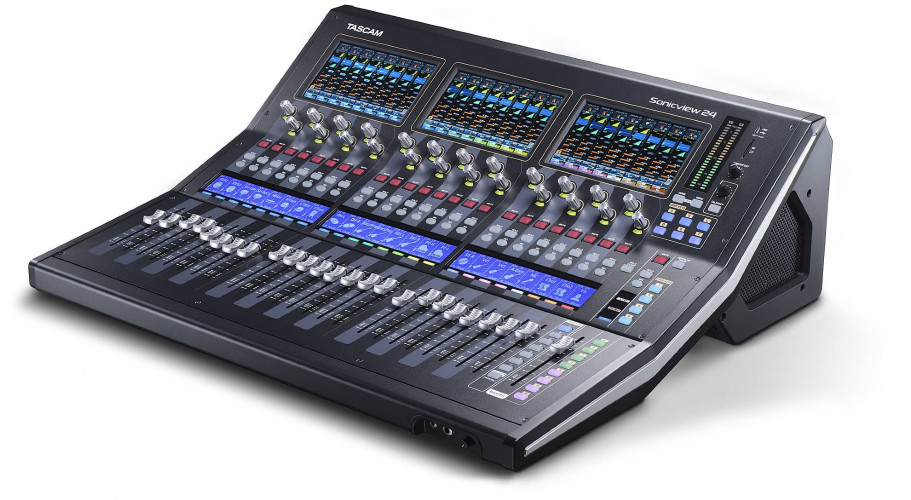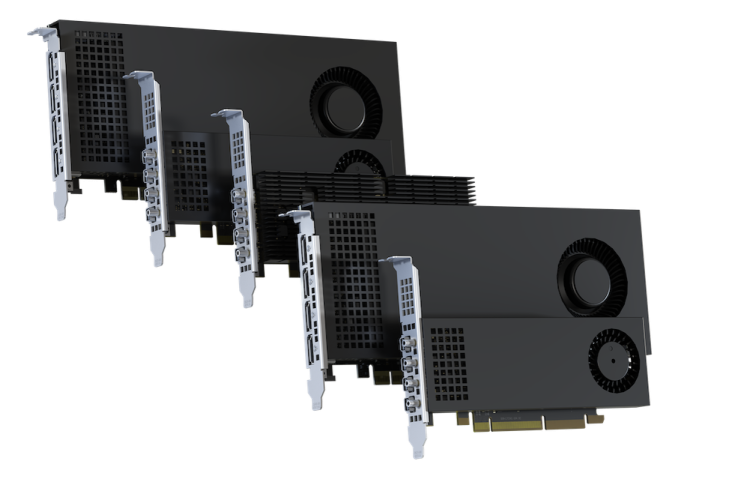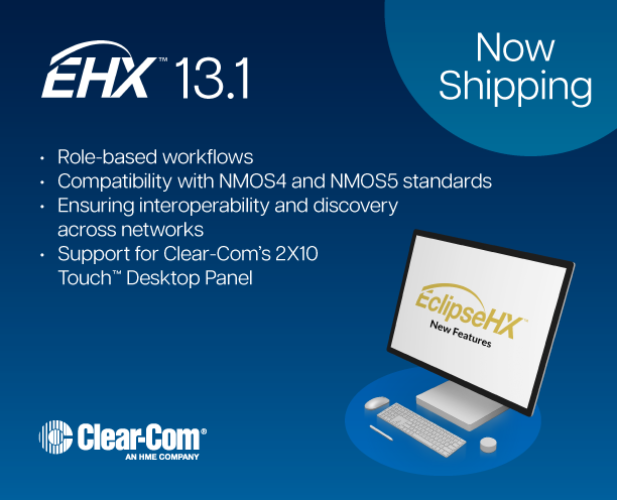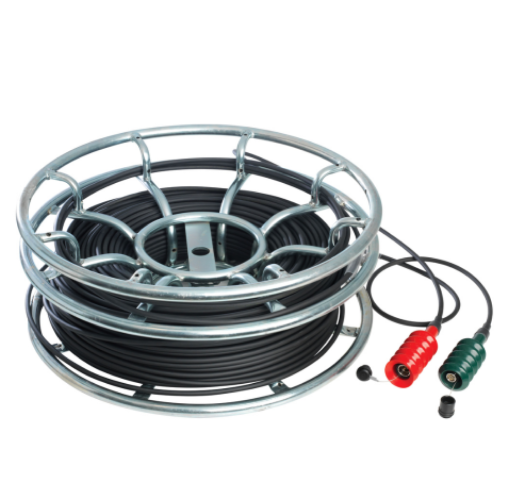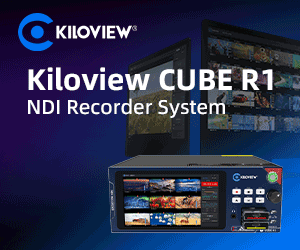Monitoring, managing and processing SDI signals efficiently and affordably

Author: Bob Pank#
Published 1st December 2011
With the proliferation of HD, Dual Link and 3G technologies, SDI signal management is now, more than ever, a challenge for broadcast engineers and A/V professionals. They would often like to use affordable HDMI displays for monitoring. They need to distribute signals throughout their facility, which often means video feeds must be amplified to accommodate long cable runs. They may wish to economise on equipment by switching between two sources to one recording device. They may benefit from multiplexing two signals onto a single cable for transport to save wiring. In some facilities, they may even be required to manage 3D workflows.
Accomplishing all these tasks typically necessitates many different items of equipment, such as a variety of mini converters. Not all the products can perform all the functions required and not all can handle all the formats and resolutions that are needed. For example, a multi-purpose unit that does distribution amplification and switching might only support SD-SDI, not HD or 3G. On the other hand, a multi-format device might only perform a single function such as 3D processing. The need to purchase and maintain many different devices can be cost prohibitive and require staff training for each device to ensure proper usage.
To solve this problem, Matrox recently introduced an innovative new mini converter, the MC-100. It provides monitoring, distribution, switching, multiplexing and 3D processing in a single, affordable, easy-to-use device. It also offers maximum versatility with support for a wide range of display resolutions through 3G, Dual Link, HD and SD-SDI.
MC-100 provides a cost-effective solution for monitoring. It allows the user to input a professional-grade 3G, Dual Link, HD, or SD-SDI signal and convert it to a HDMI format so that it can be viewed on an inexpensive HDMI display.
When it comes to signal distribution, the unit can input a single SDI video feed and duplicate it on two SDI outputs. It amplifies the signal to accommodate longer cable runs, maintaining the full SMPTE specification to 300 meters on SD-SDI, 100 meters on HD-SDI and 70 meters on 3G-SDI.
The device can also be used as a true broadcast switcher. The operator can switch between the first and second input to one or all outputs of the device. The switch is glitch free, in accordance with the SMPTE RP-168 specification. In addition, MC-100 is a loss-of-signal switcher. The device can be configured to automatically switch to the second valid input if the first one is lost or becomes invalid. This switch-over is seamless and clean, meaning that downstream devices will keep recording or processing the signal without any interruptions.
As a multiplexer/de-multiplexer, MC-100 can be used to reduce the wiring needed to distribute HD-SDI video by half. It inputs two independent HD-SDI signals and combines them into one 3G transport stream. On the receiving end, a second MC-100 or another SMPTE-425M compatible device de-multiplexes the signal, providing two independent HD-SDI video signals.
For 3D workflows, MC-100 can be used to make multiple adjustments on stereoscopic video feeds in real time. The two SDI inputs are used for the left and right image signals. Horizontal Image Translation (HIT) - sub-pixel convergence and divergence - can be performed on both video inputs. The images can be flipped horizontally and/or vertically, with pixel-based offset controls. Monitoring 3D content can be done on the HDMI or SDI outputs, with several analysis modes such as anaglyph, difference and 50/50. The signal can then be sent on a single SDI cable as a side-by-side or an over/under feed. On HDMI it can be sent in side-by-side, over/under, or frame packing (HDMI 1.4a) mode. MC-100 also features a built-in video frame synchroniser that is useful for 3D production. One of the video inputs is defined as the genlock source, then the unit time base corrects the second video input and outputs the two video streams in sync.
For quick and efficient configuration, every feature of MC-100 is accessible through an on-screen-display, controllable with three hardware buttons directly on the unit. There is no need to programme the device with intricate dip-switch configuration or a computer connection. Available by default on the HDMI output or optionally on both SDI outputs, the on-screen-display gives access to every feature found on the device. User-defined presets can be saved to dip switches for even quicker set-up.
The new Matrox MC-100 mini converter maximises SDI signal management efficiency by consolidating multiple functions into a single device, thereby reducing equipment and training costs. It can be a welcome addition to every video professional’s toolbox.



